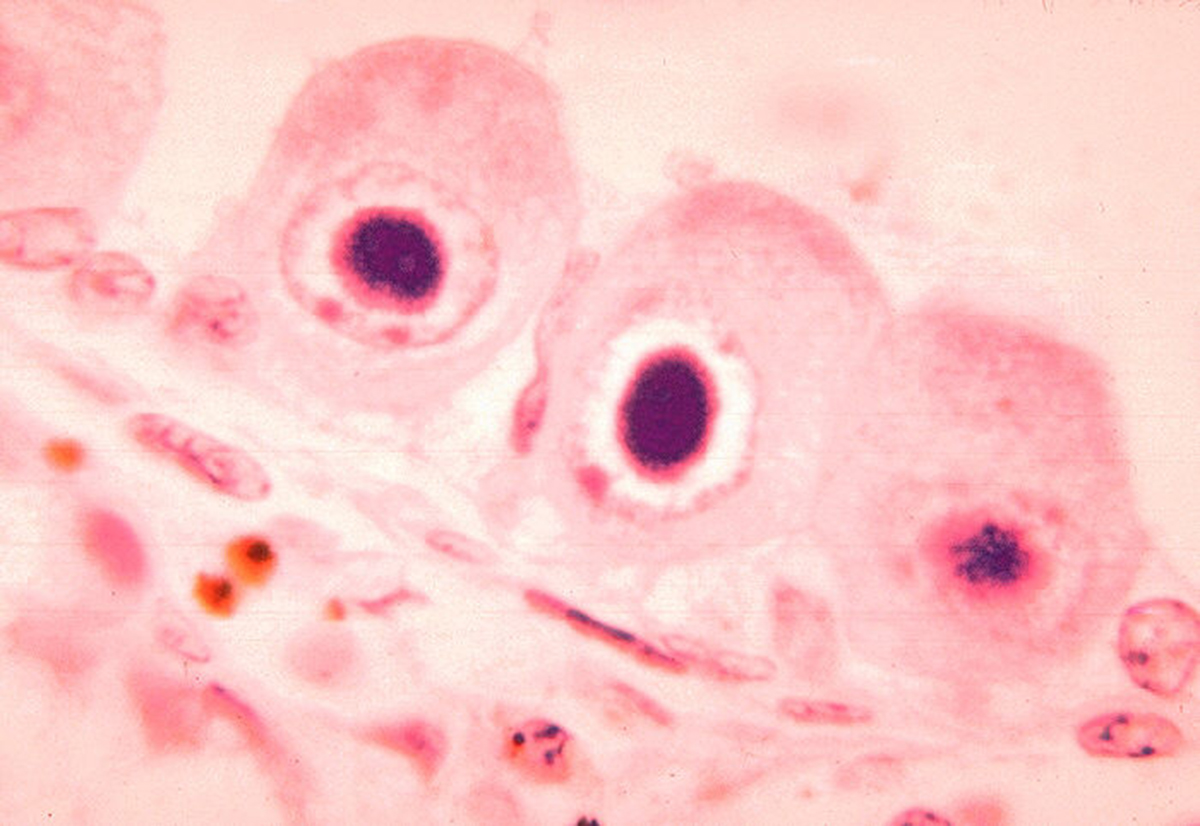Introduction
Kidney infections occur when a bacterial infection moves from the bladder into the kidneys.
Some of the main symptoms will be a very high temperature and fever, abdominal pain, vomiting, and diarrhea.
Kidney infections are usually more common in women than men, especially pregnant women, children under two years of age, and people over 60.
There are two main types of kidney infections, uncomplicated and complicated.
Uncomplicated cases usually involve people in good health generally, and there will probably be no severe complications accompanying the infection.

However, complications can be expected in complicated kidney infections, because the person with the condition is usually in worse health or has preexisting health problems that will make them more vulnerable to the infection.
Usually, people with uncomplicated kidney infections only have to take some antibiotics for the condition to clear up.
Complications
People with complicated kidney infections can experience numerous troubles and complications.
In severe cases of infection, pockets of pus can form within the kidney’s tissue, which is called abscesses. Abscesses can cause drastic and quick weight loss, blood in the urine, and abdominal pain. Usually, in these cases, surgery will be required to drain the pus out.
Blood poisoning, called sepsis, can also occur. This happens when the bacteria spread from the kidneys into the bloodstream.
Some symptoms of this condition include low blood pressure, dizziness, mental and behavioral changes, diarrhea, cold, clammy skin, and sometimes even a loss of consciousness.
If a person has sepsis, they must be admitted into the intensive care unit of a hospital immediately and be given antibiotics intravenously to stop the infection from spreading any further.
- Symptoms usually include fever, flank pain, nausea, vomiting, burning on urination, increased frequency, and urgency. The 2 most common symptoms are usually fever and flank pain. Acute pyelonephritis can be divided into uncomplicated and complicated.
- Complicated pyelonephritis includes pregnant patients, patients with uncontrolled diabetes, kidney transplants, urinary anatomical abnormalities, acute or chronic kidney failure, as well as immunocompromised patients, and those with hospital-acquired bacterial infections. It is important to make a distinction between complicated and uncomplicated pyelonephritis, as patient management and disposition depend on it.
- The main cause of acute pyelonephritis is gram-negative bacteria, the most common being Escherichia coli. Other gram-negative bacteria which cause acute pyelonephritis include Proteus, Klebsiella, and Enterobacter. In most patients, the infecting organism will come from their fecal flora. Bacteria can reach the kidneys in 2 ways: hematogenous spread and through ascending infection from the lower urinary tract. Hematogenous spread is less common and usually occurs in patients with ureteral obstructions or immunocompromised and debilitated patients.
- Acute pyelonephritis in the United States is found at a rate of 15 to 17 cases per 10,000 females and 3 to 4 cases per 10,000 males annually. Young sexually active women are the patients that are most often affected by acute pyelonephritis. Groups with extremes of age, such as the elderly and infants, are also at risk due to abnormalities in anatomy and changes in hormones. Pregnant women can also be at risk, and 20 to 30% will develop acute pyelonephritis, usually during the second and early third trimester. Acute pyelonephritis has no racial predisposition.
- Acute pyelonephritis can have several complications such as renal or perinephric abscess formation, sepsis, renal vein thrombosis, papillary necrosis, or acute renal failure, with one of the more serious complications being emphysematous pyelonephritis (EPN).
- Emphysematous pyelonephritis is a necrotizing infection of the kidney usually caused by E. coli or Klebsiella pneumoniae and is a severe complication of acute pyelonephritis. EPN is usually seen in the setting of diabetes and occurs more frequently in women. The diagnosis can be made with ultrasound, but CT is typically necessary. Overall the mortality rate is estimated to be approximately 38%, with better outcomes associated with patients who receive both medical and surgical management versus medical management alone.
Emphysematous Pyelonephritis
Emphysematous pyelonephritis, usually referred to as EPN, is a pretty rare complication, but it is as serious as it is rare. The complications that result from EPN can be fatal in many cases.
It is a severe infection in which the tissues of the kidney will be destroyed very violently and quickly by the bacteria responsible for introducing the infection into the kidneys. This infection will begin to release a very toxic gas that will build up in the kidneys and begin to destroy them at a rapid rate.
Some common symptoms of EPN include a very high temperature and fever, severe abdominal pain, nausea, vomiting, and severe mental confusion.
The cause of EPN is not yet known, but some believe that people who have diabetes and do not control it well are especially prone to be affected by this serious condition. If the EPN is left untreated, it can be fatal, because the bacteria and toxic gas will first kill off the kidney and then move on to other major organs in the body.
Emergency surgery is required to treat EPN, which usually includes having to remove the infected portion of the kidney from the body.
- www.nhs.uk/conditions/kidney-infection/
- www.nhs.uk/conditions/kidney-transplant/risks/
- Photo courtesy of CDC/Dr. Haraszti by Wikimedia Commons: commons.wikimedia.org/wiki/File:Histopathology_of_cytomegalovirus_infection_of_kidney_-_PHIL_09G0036_lores.jpg

















Your thoughts on this
Loading...